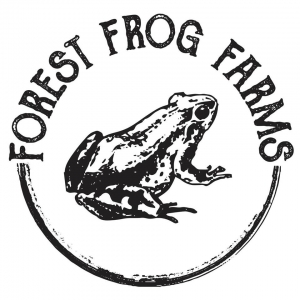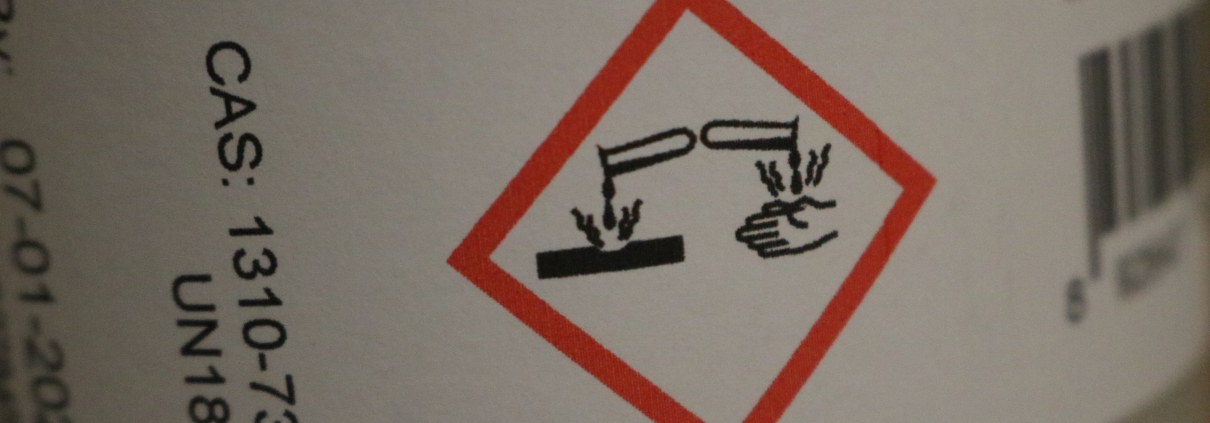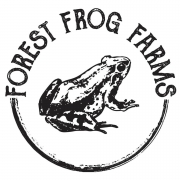What Is Lye: Everything You Thought You Wanted to Know and More
Making a bar of soap, just like choosing which to buy, isn’t so simple. Soap making can be difficult and complex and there are a lot of different chemicals that can be used, which leads to a ton of information – and some misinformation.
What Is Food Grade Lye?
Lye is the common name for a highly alkaline chemical. Most commonly used is Sodium Hydroxide, it is what most mean by Lye, and is what we use in our soap making. Some also use Potassium Hydroxide as lye.
Lye, both types, are highly alkaline. Just like strong acids, strong alkalines are caustic and can damage organic oils, or even human skin. This is why lye can be dangerous. If pure lye, before it turns to soap, were to come in contact with your skin, it would begin to react with the natural oils in your skin, causing a chemical burn. Not a pleasant thought.
Now your probably wondering where is lye used in food? – and the answer is, in quite a few things actually.
What foods are lye used in?
- Making Bagels
- Making Pretzel Bread
- Curing Green Olives
- Hominy
How Is Lye Made?
Lye can be made in a couple basic ways. One that I think a lot of people are familiar with is using wood ashes. not used in practice as much today as years gone by, but the practice is still in use. It’s simple really, just run water carefully through wood ashes. Unless your burning a ton of firewood for heat or just using the soap for personal use this can be impractical.
Lye or Sodium Hydroxide can also be made from salt water.
Making food grade lye:
- Salt is dissolved into water.
- Graphite Rods are placed into the mix.
- The Rods are electrified. The charge creates crystals of lye that attach to the rods.
- The liquid is evaporates until only lye crystals remain.
Thus modern food grade lye is made.
But Do You Really Need Lye For Soap Making?
Can you actually make soap without lye? The answer is Nope! Most of the common products we refer to as “soap” are actually synthetic detergents and surfactants used to bind together a bar that cleans and creates a lather.
If your soap doesn’t say it was made with lye but it’s still labeled as soap, here are some of the common ingredients listed that are actually made using lye.
- saponified oils: oils and butters mixed with sodium hydroxide (lye) and water
- sodium or potassium cocoate: the name for coconut oil that has been saponified
- sodium or potassium olivate: the name for olive oil that has been saponified
- sodium or potassium jojobate: the name for jojoba oil that has been saponified
How Is Soap Made?
It’s a really complex chemical process that can be summed up very simply and quickly.
All soap is made through a chemical process known as saponification:
- Lye is mixed into water to create solution which starts the chemical reaction – this actually begins to heat up.
- This Lye and Water Solution is mixed with an oil or fat to which creates a different chemical reaction.
- This chemical reaction actually breaks down the fat or oil into smaller “fatty acid chains” the lye mixture is neutralized.
- No more oil, no more water or lye it has now become, just real soap.
Without lye, we would not have real soap. Just synthetic cleaners or globs of oil and fat.





Leave a Reply
Want to join the discussion?Feel free to contribute!